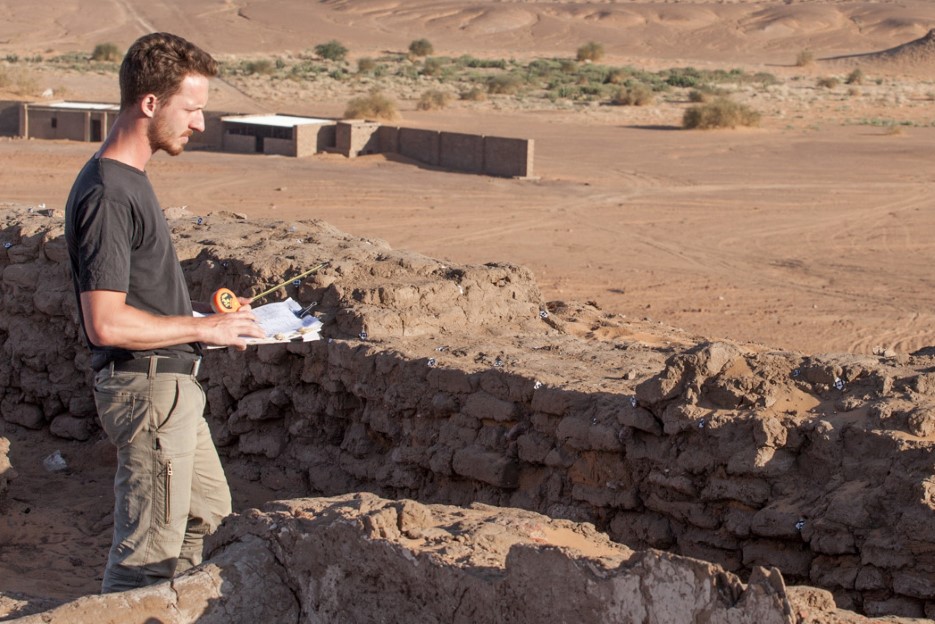-
Principal Investigator: Dr. Maciej Wyżgoł
Contact: maciej.wyzgol@uw.edu.pl

Project term:
January 2021 to January 2023
Budget:
PLN 115 588
Funding:
National Science Centre Poland, Preludium 19, 2020/37/N/HS3/01400

-

Histories imprinted on floors. Functioning of households in Old Dongola after the fall of Makuria in the light of the multielemental analysis of occupational surfaces
This study will try to answer some questions concerning the way in which family relations, religion, group identity, and gender roles have changed in Old Dongola in Sudan after the decline of the Christian Kingdom of Makuria, when the city became a capital of the small Kingdom of Dongola. Although the political shift is well documented in written sources, the actual social change among Nubians remains obscure.
Dwellings uncovered in Old Dongola have a form of house compounds surrounded by a wall and consisting of several buildings grouped around a shared courtyard. Uniformity of furnishing suggest that each building constituted a separate house inhabited by a nuclear family, a part of an extended family inhabiting the whole compound. General lack of artefacts left on the spot and the uniformity of furnishing of the houses complicates the task of reconstructing the way people used this space.
Chemical analyses are a powerful tool in the interpretation of archaeological record. It is proved that human activities leave detectable traces on floors. Chemical analyses of elements have been used for a long time in archaeology. The most popular was phosphorus analysis indicating the occurrence of food waste, hearth debris and latrines, but other elements may indicate other activities, such as grain grinding, cooking or keeping animals.
Once we will learn how the inhabitants of Dongola dwelled in their houses we will be ready to answer questions concerning their daily lives. Who cooked together? could women have socialized with house guests? how often did the men even see women in the house? did the neighbours do their chores together? It will all sum up to an image of the society inhabiting this African city from the 14th to the 17th century.
Associated events:Lectures and conference presentations:Project bibliography:Links
